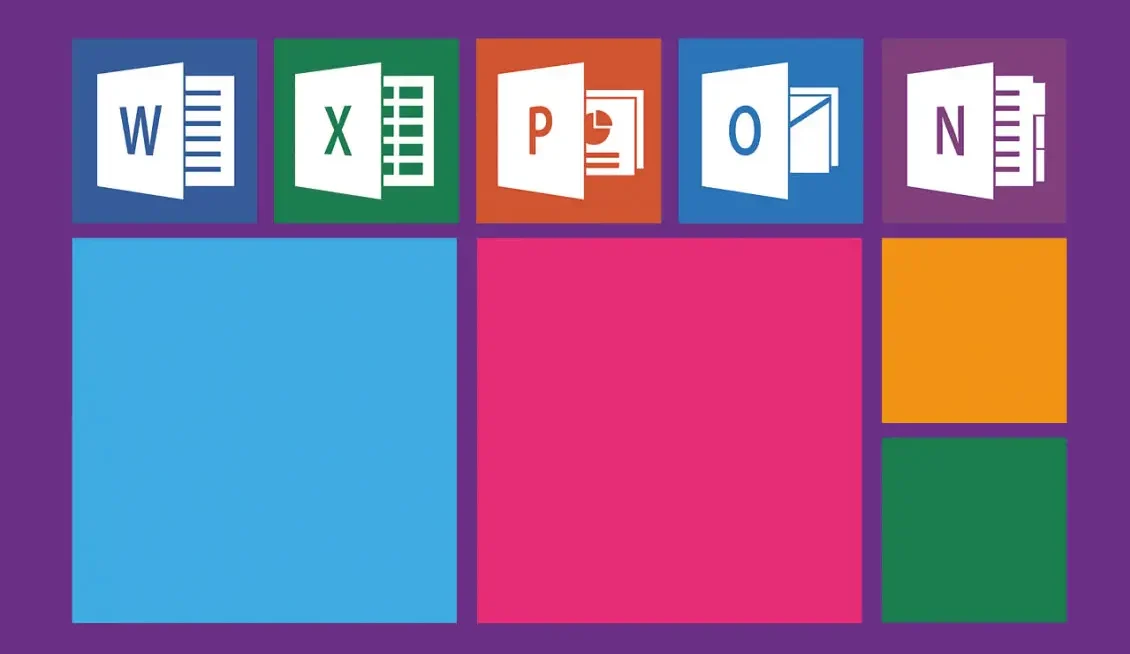Let’s face it—modern work is messy. Between Slack pings, calendar overload, and five different versions of the same spreadsheet living who-knows-where, it’s a wonder anything gets done. Enter Wrike, the cloud-based work management platform that’s quietly transforming chaotic teams into productivity powerhouses.
Wrike isn’t just another project management tool. It’s a digital command center—built for speed, customization, and cross-departmental chaos. Whether you’re leading a scrappy startup, managing global marketing campaigns, or keeping product sprints on track, Wrike brings structure to creative flow without clipping its wings.
If your current setup requires sticky notes, six browser tabs, and a daily forehead-to-desk moment, sit tight. This one’s for you.
One Workspace To Rule Them All
First things first—Wrike’s biggest flex? It unifies everything. Tasks, timelines, files, updates, teams? All live on one platform. No more switching between tools to find that one bit of info from three weeks ago.
Its dashboard is where clarity lives. You can assign a task, drop a file, add dependencies, check status, and even track time—without jumping off the page. It’s built for visibility at every level. Need to know what your content team delivered last Tuesday? Click. Want to see how overbooked Anna is this week? Click. You get the idea.
And unlike platforms that stay rigid, Wrike adapts. You can customize workflows, views, and terminologybased on your actual output—not some pre-designed template that sort of fits but ends up annoying everyone.
This flexibility is a game-changer, whether your team’s into Kanban-style boards, Gantt charts, or good old-fashioned to-do lists.

Products That Fit Every Team Like a Glove
Wrike’s not a one-size platform—it’s a modular system with tailored solutions for every function. These aren’t copy-paste templates either. Each Wrike solution is packed with features designed for how real teams actually work.
Some of the standout options include:
- Wrike for Marketing & Creative: Manage assets, run campaigns, and brief designers—all with full visibility. It even integrates with Adobe Creative Cloud. No more digging through email floods for the latest mood board.
- Wrike for Professional Services: Time tracking, billing integrations, and performance dashboards that prevent scope creep before it starts.
- Wrike for Product Development: Roadmaps meet real-time. Plan sprints, prioritize bugs, and build features with Agile tools that feel like second nature.
- Wrike for Remote Work: Smooth collaboration for distributed teams. Shared dashboards, @mentions, and document hubs keep everyone aligned across time zones.
No matter your line of work, Wrike gives you the bones to build exactly what you need—without forcing you into a workflow that makes zero sense.
Bestselling Features Teams Can’t Stop Raving About
Certain Wrike features have become, dare we say, legendary—especially for teams that have lived through inefficient management tools.
Let’s break down a few heavy-hitters:
- Gantt Chart Timelines: The real-time map of how projects live, breathe, and move. These aren’t your high-school-clunky Gantt charts—Wrike’s are intuitive, drag-and-drop friendly, and perfect for forecasting.
- Automation Engine: Say goodbye to repetitive admin. Wrike allows you to set rules (think: when task A finishes, task B auto-activates), streamlining even the most complex workflows.
- Proofing and Approvals: Built for creative teams, this tool lets stakeholders annotate directly on images, PDFs, and videos. No more 14 emails of revision notes.
- Time Tracking: Embedded time tracking helps keep projects scoped right—and keeps clients happy when billing lines match the work.
- Work Intelligence™: Wrike’s AI is one of the only that actually helps. It flags projects at risk, identifies team overload, and supports smart prioritization.
These features aren’t gimmicks—they’re the difference between guesswork and real work.

Why It’s a Bestseller in the SaaS World
Thousands of teams—from scrappy startups to Fortune 500 giants—swear by Wrike for one big reason: it works where others don’t.
Where basic task trackers fall apart under complex projects, Wrike holds steady. Where traditional tools overwhelm non-tech users, Wrike feels intuitive. It’s a rare platform that’s powerful enough for your data analysts, but friendly enough for your PR team.
That magic mix has earned Wrike love across sectors: tech, health, education, finance, media, and more. It handles simple resource planning and deep operational workflows with equal elegance.
And the brand doesn’t just stop at software—it provides hundreds of ready-made templates, in-depth onboarding guides, and customer success managers who actually know your use cases. The support is real, and it shows.
Smart Integrations = Seamless Ecosystem
Wrike doesn’t demand you drop your current tech stack. In fact, it hugs it. The platform integrates with more than 400 apps, including Slack, Zoom, Microsoft Teams, Google Workspace, Salesforce, and… well, yeah, probably whatever you already use.
That means your files, meetings, CRM updates, and team chat can all sync without friction. You’re not asked to change your rhythm—Wrike just joins the beat and helps you refine it.
These integrations completely kill information silos, offering a centralized view that never asks you to guess what’s happeningin another platform. Cross-functional finally means cross-functional.
Enterprise-Grade Without the Enterprise Headache
Some platforms claim to be “enterprise-ready,” but Wrike actually delivers. With robust permissions, advanced reporting, role-specific dashboards, and enterprise-level security, it’s built to scale smart.
Managers love Wrike because it gives a bird’s-eye view of performance without bottlenecks or micro-managing. Ops heads love it for its compliance alignment and automation potential. And teams love it because… well, it doesn’t suck the joy out of collaboration.
TL;DR: Wrike makes enterprise feel agile—not clunky.
Scalable for Anyone, Not Just the Giants
What makes Wrike stand out is that it grows at the pace of your team. You could be a 3-person creative consultancy or a 10,000-person engineering behemoth—either way, Wrike adapts.
Smaller teams can start with Wrike’s free or lower-tier plans, which still include dashboards, task hierarchies, templates, and up to 2GB of storage. As your needs grow, you don’t have to abandon Wrike—you just level up.
This scalability is a huge part of its long-term success. Teams don’t outgrow it—they grow into it.

The Design Philosophy That Actually Understands Humans
Wrike does something few work tools pull off—it feels like it was designed by someone who gets how people work. There’s enough color to differentiate, but not enough to distract. There’s hierarchy without confusion. There are silent prompts that guide you before you go off the rails.
And then there’s the mobile app—which might be one of the best in the category. You can assign tasks during meetings, comment in real time, and check timelines on the train home. Everything syncs. Everything makes sense. It’s control without chaos.
That seamless experience, across platforms and teams? That’s what creates actual productivity—not just organized to-do lists.
Wrapping It Up: Why Wrike Deserves a Spot in Your Stack
At the end of the day, Wrike isn’t just a project management app—it’s a work enablement platform. It was built to help people do their best work without burning out or spending hours fiddling with formatting, status updates, and missing attachments.
With smart automation, deep customization, and true cross-team functionality, Wrike transforms how modern businesses move. Whether you’re scaling fast or building thoughtfully, this is the tool that grows with you, not against you.
So maybe work doesn’t have to feel like a never-ending inbox explosion, a dozen apps, and another lost PDF.
Maybe you just need Wrike.











